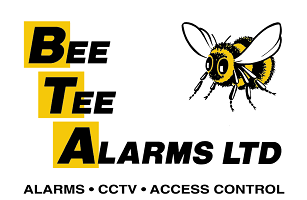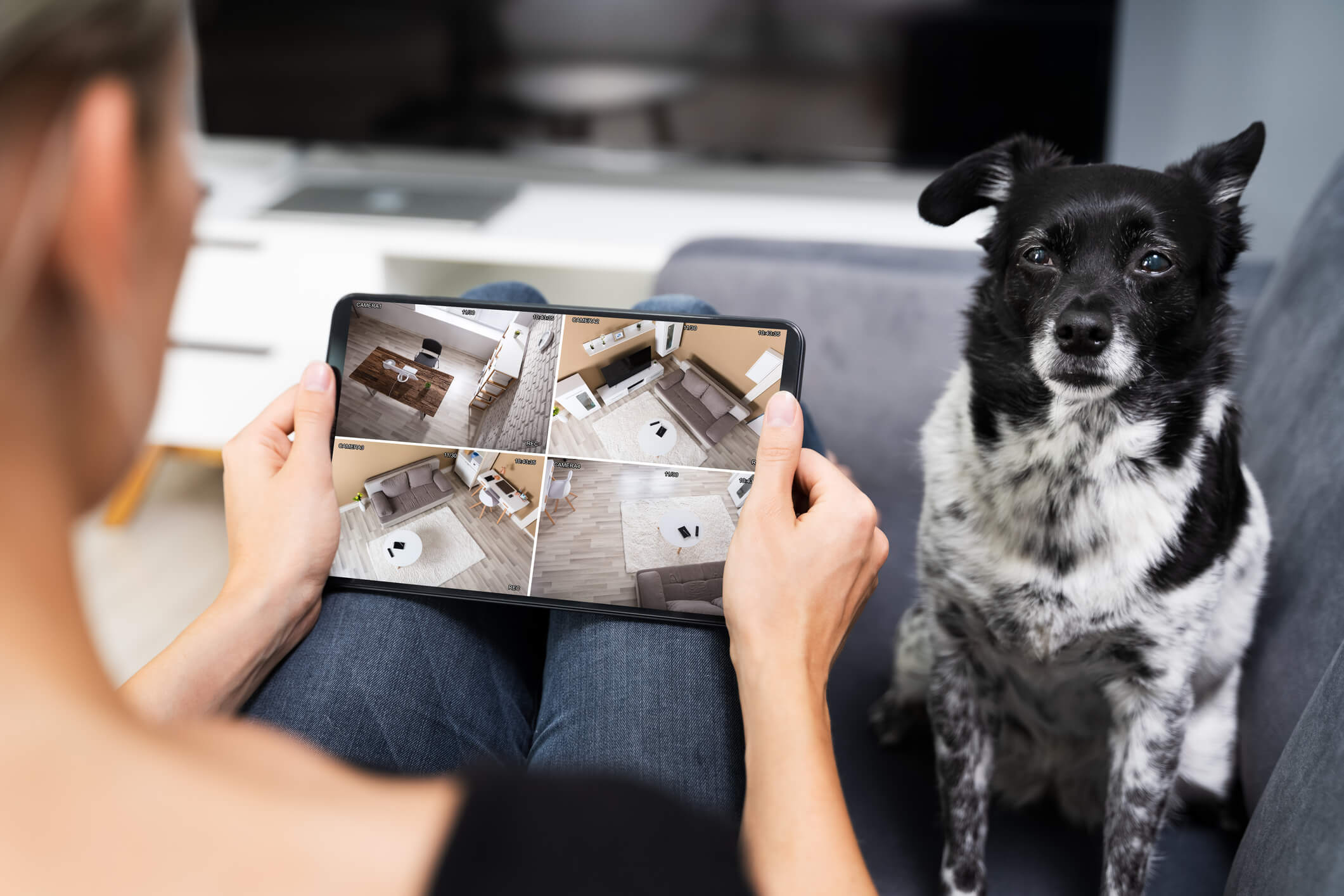Using an effective burglar alarm system protects your home or business from intruders, but anybody with pets will understand that sometimes a frightening false alarm can be triggered by your dog or cat. These unnecessary alarms, aside from being scary, can annoy the neighbours and the home owners and may even result in complaints to the council. They’ll also be quite upsetting for your dog too.
Pet friendly alarms offer a fantastic solution, which when professionally installed can differentiate between your pet’s harmless roaming and a genuine threat.
HOW DO PET FRIENDLY BURGLAR ALARMS WORK?
Pet friendly alarms can vary in the method they use to detect exactly who is entering a space. They may be fixed at a height beyond the pet’s ability to jump, although this works best with smaller animals that don’t tend to jump really high or climb up to higher surfaces.
A different type of sensor is a Passive Infrared Detector which senses hot and cold spots in previously undisturbed areas and triggers an alarm when somebody enters a space. They will ignore animals up to the weight of 35kgs so are ideal for smaller pets.
Bearing in mind the issue with larger animals that move around frequently and manage to reach higher spaces, other options are available that specifically target the signs of a break in. Glass break detectors sound an alarm on the sound of glass smashing if an intruder has entered the property by breaking a window.
Smart alarms are another great way to check whether the motion that has triggered your alarm is friendly or unfriendly. These alarms are coupled with a CCTV system that sends a series of images to your phone upon sensing activity and allows you to see the culprit. From here, if your pet has triggered the alarm, you can turn the alarm off without disturbing the neighbours or having to rush home.
CONSIDERATIONS TO MAKE WHEN BUYING A PET FRIENDLY BURGLAR ALARM
It’s important to get the right type of alarm for your specific animal. If you have a small dog, you might just need a more straight-forward height sensor since you know they’re not going to trigger a high up sensor. But, if your pet can climb, fly or jump, then other methods will be needed to differentiate between them and an intruder. Cats and birds are particularly prone to reaching high up spaces, so you need to tailor your alarm system to their abilities to wander.
The size of the house will also affect the decision of which alarm to buy. A bigger house will obviously mean more space to cover and more chance that the alarm won’t be active in every single part of the property.
To see the full range of services offered by Bee Tee alarms, please visit our designated burglar alarm page.
To contact us, please visit our contact page where you can find our phone number, or our enquiry form.




